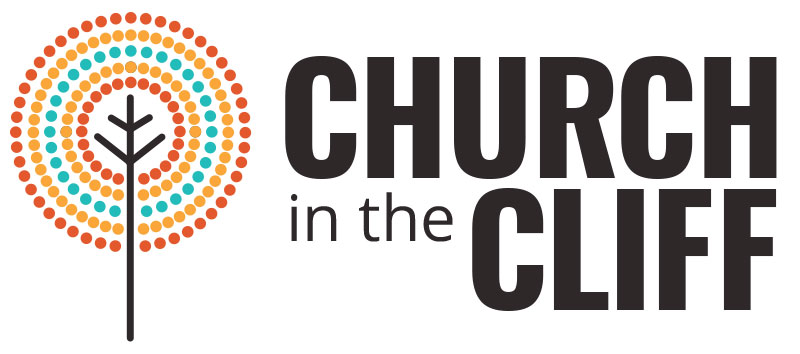For my family and sexuality in the Bible class, I was asked to reflect on how I viewed biblical authority. In the spirit of laying my cards on the table and to cap the How to Read the Bible series, I thought I might post it. Sorry it’s so long. — Scott ——————————————- Certainly, my current understanding of the authority …
How to Read the Bible: The Reading
And finally we get to try out our new toys. We’ve spent the past few weeks talking about the classic understanding of the four senses of Scripture: literal, allegorical, moral, and anagogical. We have explored the promise and the peril of each and looked at some new reading strategies that might open up the text, find the life that beckons …
How to Read the Bible: The Anagogical (Program and Sermon)
Program Sermon Outline I. Review a. Literal b. Allegorical c. Moral d. Anagogical II. Classical a. Anagogical b. Destiny c. Prophecy III. Modern a. Dispensationalism b. Process theology c. Speaking prophetically IV. Post-modern Finally, we come to the anagogical sense, which interprets the things related in Holy Scripture “as they signify what relates to eternal glory.” This meaning is not …
How to Read the Bible: The Anagogical (Bonus: More Culture!)
I had to look that word up. Being in seminary, words like “hermeneutics,” “exegetical,” and “soteriology” creep into your vocabulary to the point that friends and relatives are certain you are making stuff up, but I have never heard “anagogical.” It is the final of the four senses of Scripture in the classical model. It indicates a layer of meaning …
How to Read the Bible: The Moral (Program and Sermon)
Program Sermon Outline I. Ancient a. Do good, get good b. Do good, suffer, get good later II. Classical a. Bible as guidebook b. Problems with literal truth 1. Transmission 2. Translation 3. Interpretation 4. Application c. Problems with allegorical truth 1. Interpretation 2. Application d. Both create problems with moral truth III. Modern a. The Bible speaks authoritatively on …
How to Read the Bible: The Moral
As a teenager there were a lot of decisions to make. Who should I date? What should I do with them? What should I drink? What movies should I go see? What words should I use? What should I wear? What music should I listen to and what should I do while listening to it?** So many choices. It was …
How to Read the Bible: The Allegorical (Program and Sermon)
Program Sermon Outline (roughly followed) I. Back up a. Scripture as revelation 1. How does God intervene in writing Scripture? 2. How does God intervene in the world? b. Review series 1. Literal a) Plain reading b) Modern rationalist, truth-seeking tendencies 2. Allegorical 3. Moral 4. Anagogical II. What is allegory? a. Lisa is a fox b. Bernie Madoff is …
How to Read the Bible: The Allegorical
If you spend enough time on Internet message boards, you will see a lot of bad analogies. In the course of a discussion (pronounced “argument”) someone will try to make a point by referencing something that is presumably a point of common interest and common understanding between the two dialog partners (pronounced “combatants”), say, football. One might compare a political …
How to Read the Bible: The Literal
When I was in 8th grade, I was placed in the advanced reading class, as I had been since the 2nd grade. Yes, this is a brag. But wait. It’s all downhill from here. One day we were learning vocabulary and the teacher asked for someone to give the definition of “literally.” Since my mom used that word literally all …
How to Read the Bible: Introduction (Program and Sermon)
Program Sermon Outline (loosely followed) I. Questions a. How do you view the Bible? b. How do you use Bible? c. Do know the Bible? d. Do you want to know the Bible? II. Classical understanding a. Literal b. Allegorical c. Moral d. Anagogical III. Post-modern twist IV. Why read it? Why does it matter? a. Cultural defense 1. Literary …
